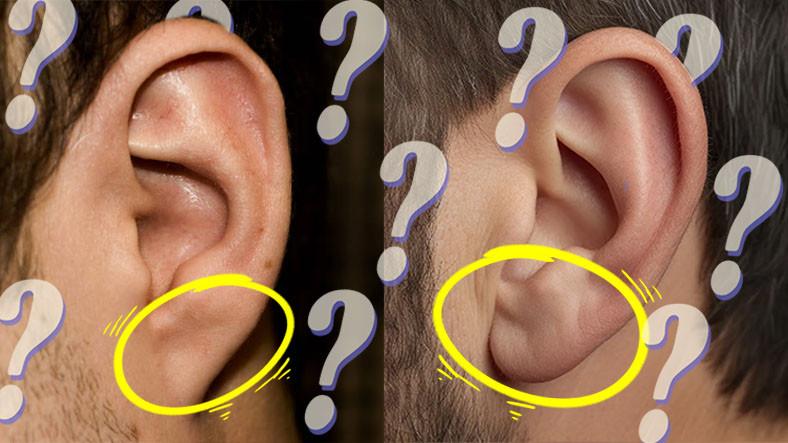Why Do Some People’s Earlobes Are Attached While Others Are Separate?

Why Do Some People’s Earlobes Are Attached While Others Are Separate?
Some of us have separate earlobes while others have them joined. No two people’s earlobes are alike. So why do we have separate and attached earlobes instead of a single earlobe?

Not every person’s earlobe is the same. Therefore, it is natural to think that this is also related to a genetic factor .
However, it is not possible to explain this situation with a single genetic factor ! Let us explain.
Earlobe adhesion is an interesting example of genetic variation.

Studies on this trait reveal the complexity of genetic factors . Earlobe adhesion is a trait that can vary depending on the genetic makeup of individuals, and it cannot be reduced to just two clear-cut situations.
It is necessary to mention a misconception about the subject. The earlobe does not have to be either completely detached or completely attached. There is a wide range of variation between these two extremes.
Research from the late 1920s onwards has revealed that the degree of earlobe adhesion is a genetically complex trait.

Scientists such as Quelprud in 1934, Wiener in 1937, and Dutta and Ganguly in 1965 presented important findings on this subject. According to these studies, the amount of adhesion of the earlobe cannot be explained by a simple dominant and recessive gene interaction. In fact, in 2009, El Kollali showed that the angle of the ear also plays an important role in the evaluation of earlobe adhesion.
The genetic inheritance of earlobe adhesion is the result of a combination of factors. Although the earlobe type of the parents affects the earlobe type of their children, this effect cannot be explained by simple and precise rules.
Various genetic factors come into play.
While 35% of children of parents with completely detached earlobes may have the same earlobe, 29% of children of parents with completely attached earlobes may have attached earlobes. 39% of children of individuals whose mothers have detached earlobes and fathers have attached earlobes may have detached earlobes .
These data suggest that earlobe adhesion is not controlled by a single gene but by a variety of genetic factors . The genetic diversity suggests that earlobe adhesion cannot be explained by a single dominant and recessive gene relationship, but rather by a more complex set of genetic processes.
Source: WebTekno.Com Read More
Kandilli son depremler listesi için TIKLAYIN
AFAD son depremler listesi için TIKLAYIN
DEPREM iLE iLGiLi HABERLER
CANLI SKOR![]()


















































